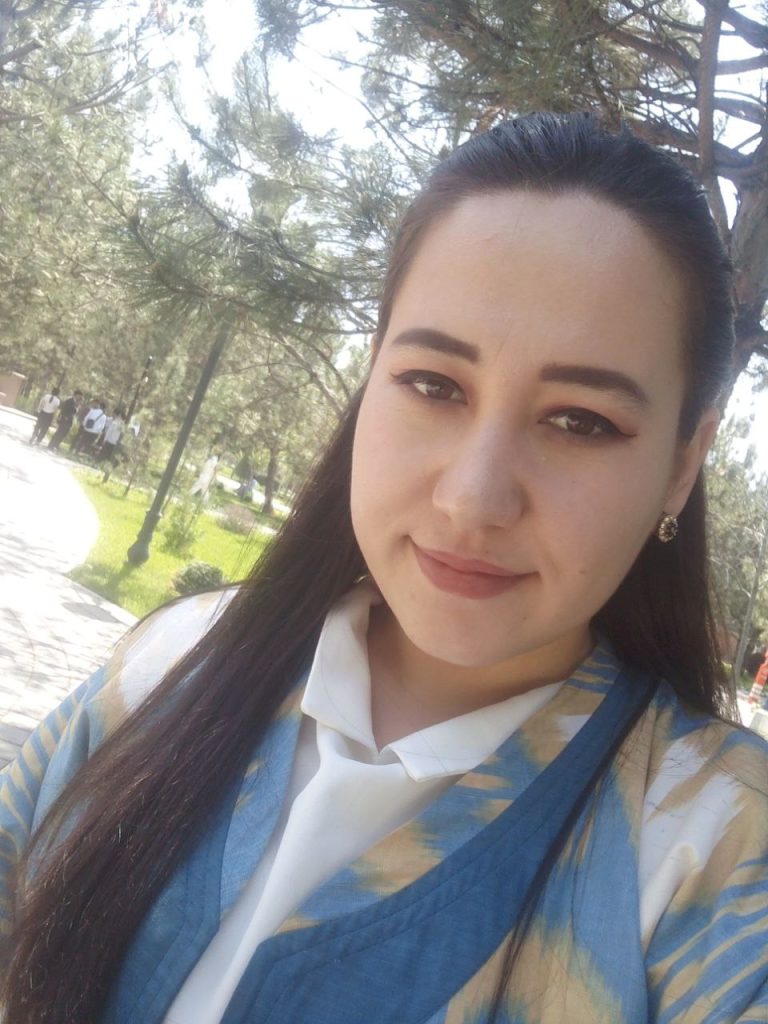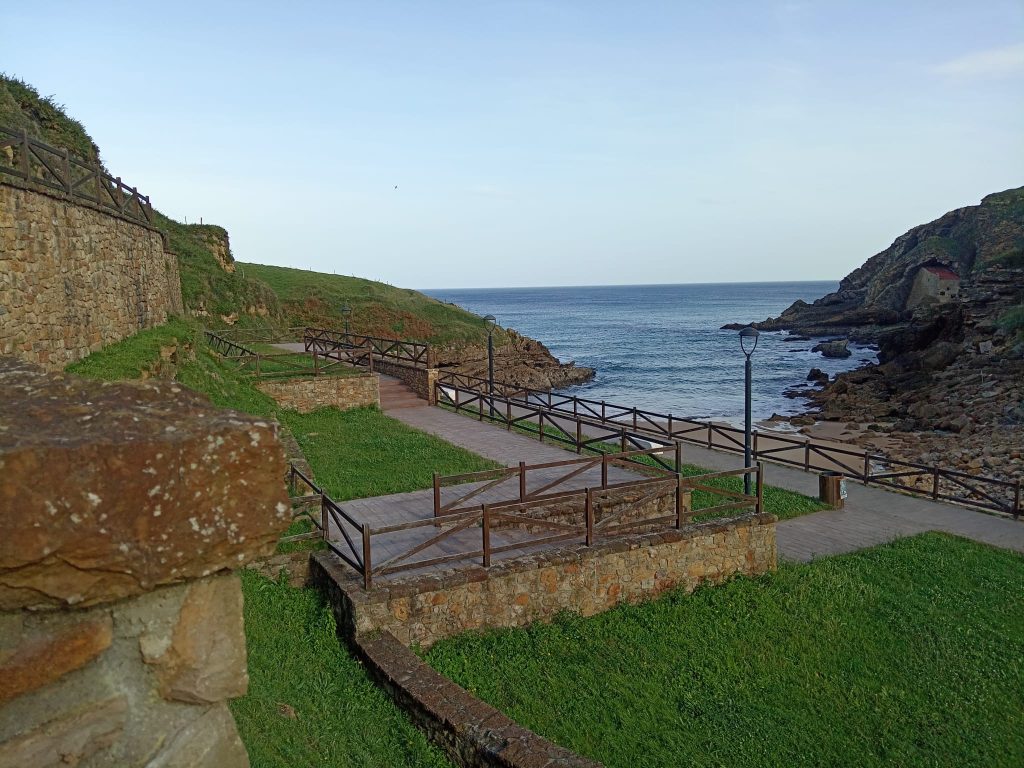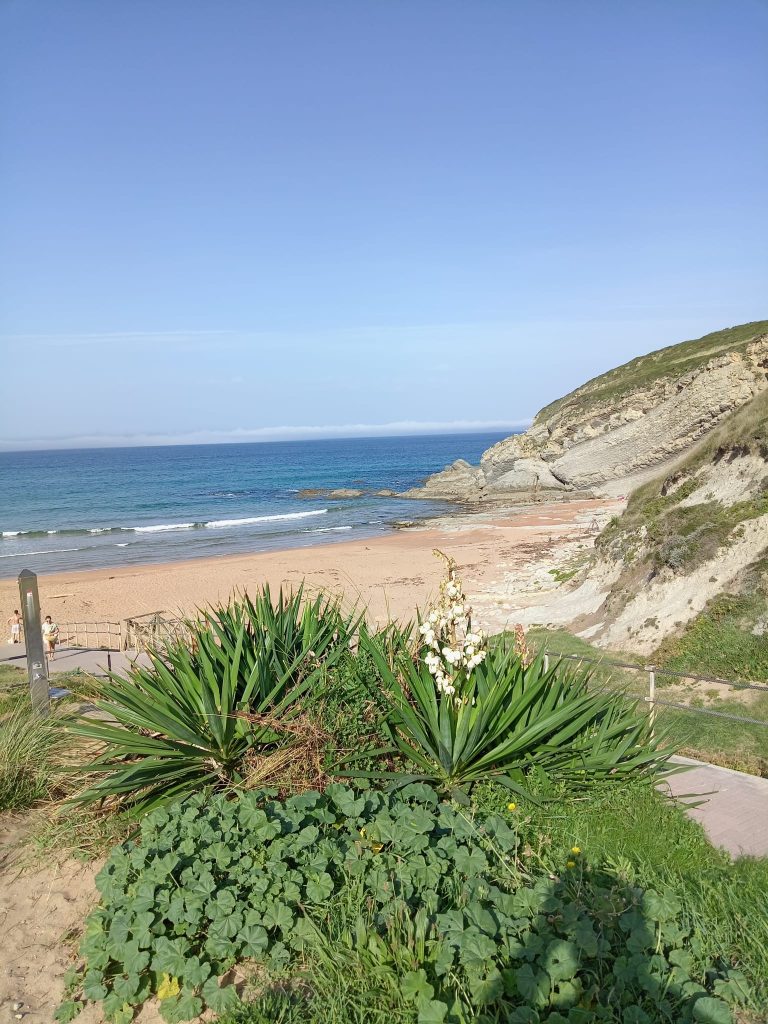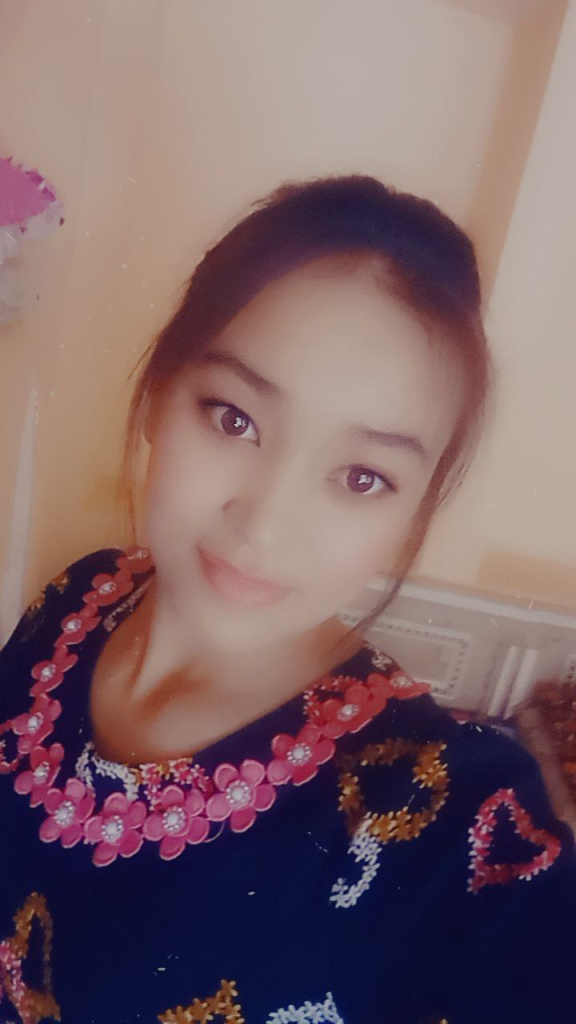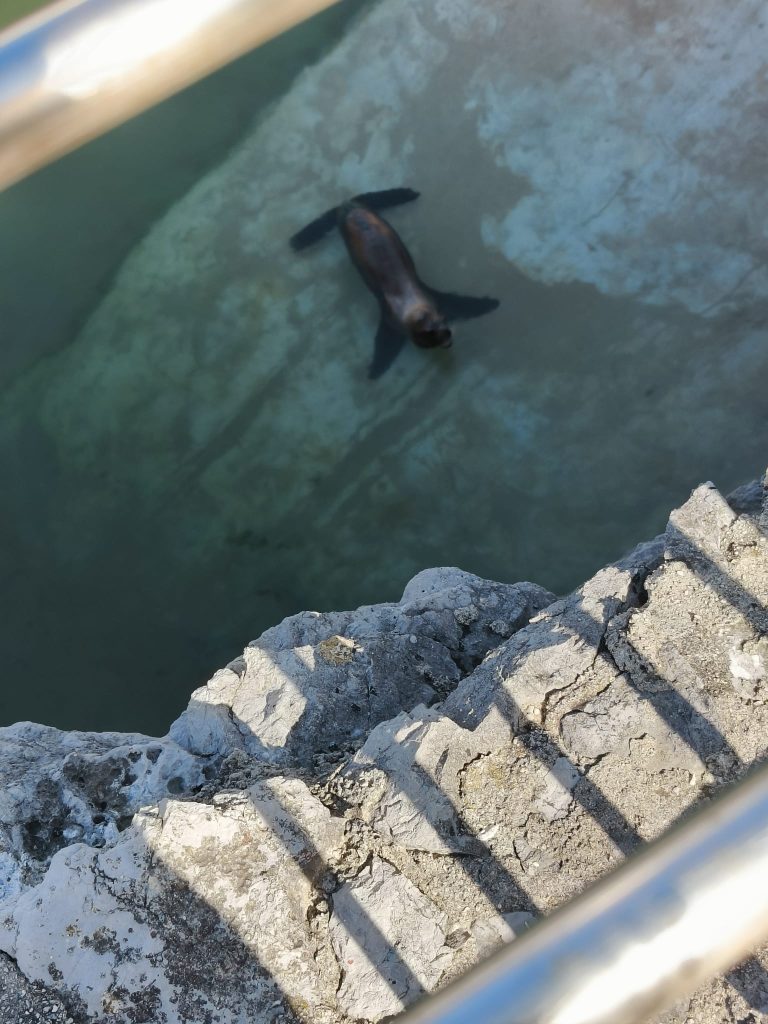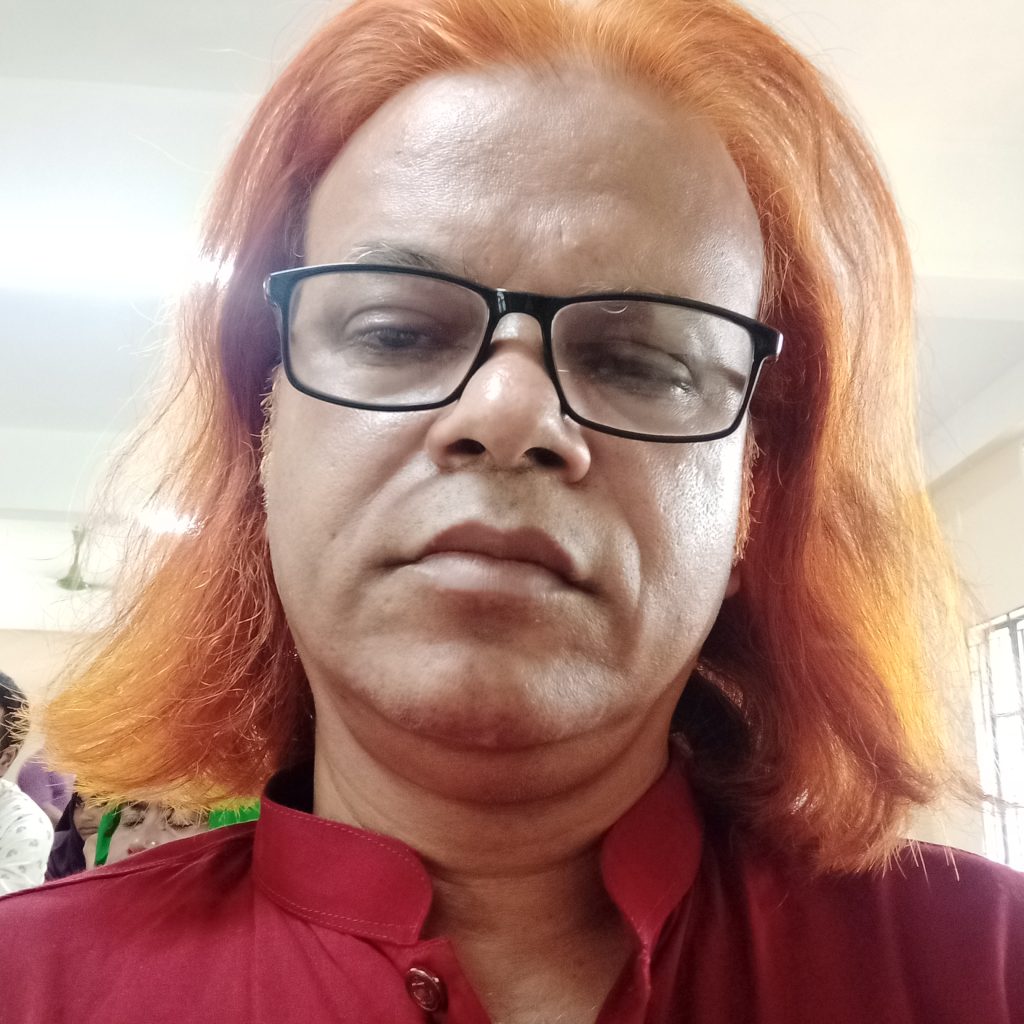ISLANDS OF FLOATING GARBAGE
Madison Square Garden, 1939
20,000 gather for a “Pro-America” Rally.
Flanked by swastikas, James Wheeler predicts,
“If George Washington were alive today,
he’d be friends with Adolph Hitler.”
German-American Bund speaker Fritz Julius Kuhn
rails against “the oriental cunning of the Jews.”
Champions an America ruled by white Gentiles,
free from Jewish leadership in Hollywood
and the Press.
America for Americans only.
Madison Square Garden, 2024
20,000 gather to support Trump’s re-election.
Trump thunders against immigrants—
rapists, mental patients, criminal gangs
from shithole countries.
Don Jr. says they want to replace us
with people of color.
Tucker Carlson concurs:
they want to replace real Americans with immigrants.
Stephen Miller sums it up:
America for Americans only.
Who flocks to these rallies? Enjoys white supremacy
spiced with lies and name-calling?
Trump’s opponent is labeled a “low IQ” woman,
managed by “pimp handlers;” “the Anti-Christ.”
Puerto Rico’s called “islands of floating garbage.”
Haitian immigrants are accused of
“eating cats and dogs.”
If elected, Trump says he’ll get rid of
“the enemy within…”
Call out the army. Detain in camps, deport, imprison.
So– Madison Square Garden hosted two nasty rallies,
Each rally heaped hate on scapegoats.
Both blended entitled white supremacy
with flag waving and singing the national anthem.
In our country’s history, these mob scenes stand out–
red, white, and blue islands of floating garbage.
Copyright 10/2024 Patricia Doyne

